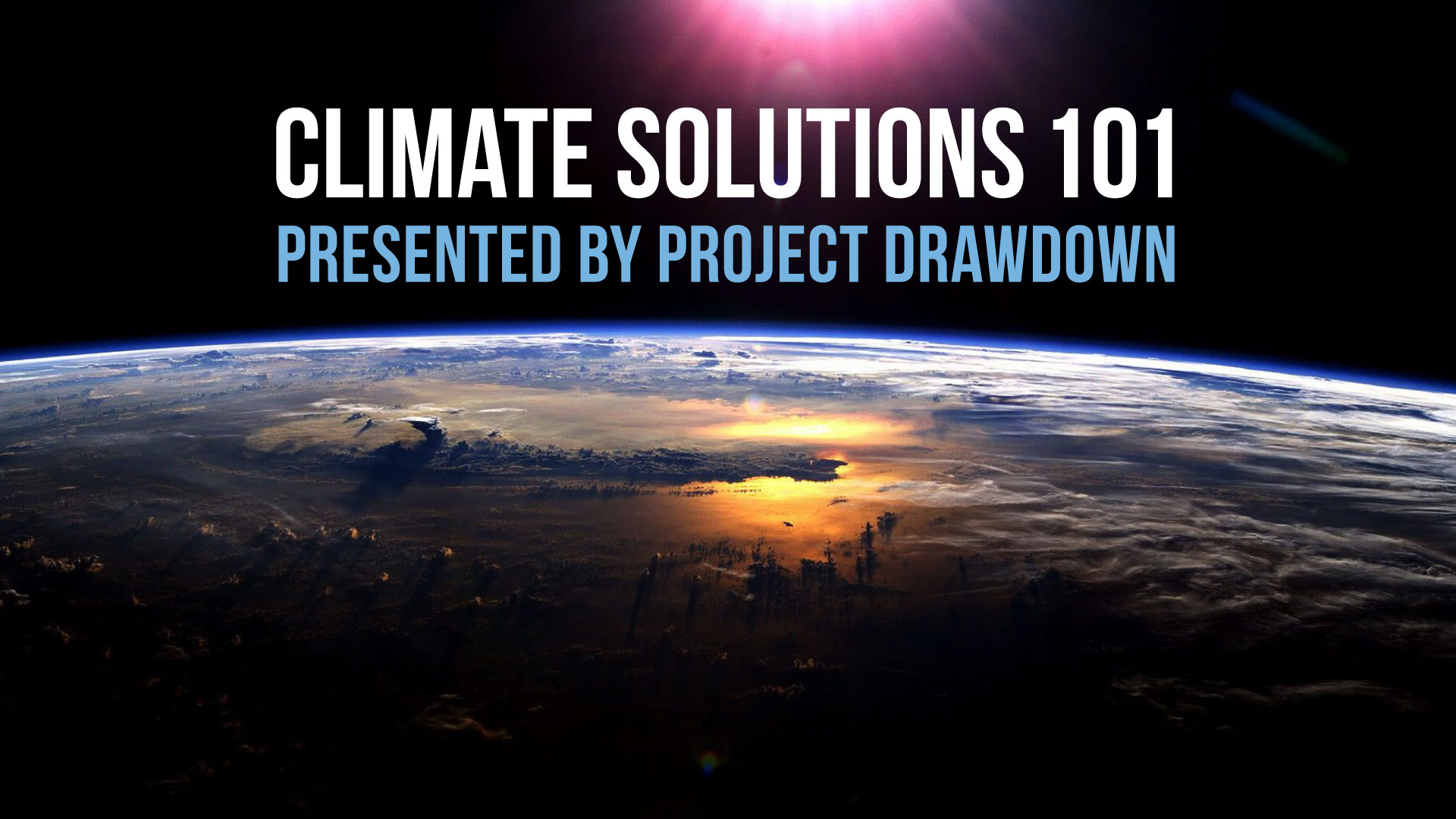Tenday Notes 12 March - 21 March

Every ten days I share a quick digest of what I've been working on. Here's the latest. More in the series here. Want them in your inbox? Sign up.
I like to rearrange things. Not meetings, or plans. Sometimes deckchairs. But I find putting physical things into a new layout to be an immensely satisfying, therapeutic activity.
This week I rearranged the modules in my Eurorack synth. This is yet another cool thing about modular synth - that if you want this knob a bit closer to that dial then you can simply unscrew it and move it around. I was feeling like all my clock sources were distributed wildly around my case, so I pushed them all to the left side, put voices and modulation in the middle, and then effects, mixing and output on the right. It feels nice to have rhythm flow into melody into effects, from left to right.
I need an offscreen hobby, so I'm embarking on a 100 day learning modular synth challenge, sharing my progress along the way. #100daysofmodular #the100dayproject pic.twitter.com/0WRSoO0pHX
— Duncan Geere 🔰 (@duncangeere) January 30, 2021
I like to rearrange the rooms in my home every so often too. Not the walls - that's not possible where I live, unfortunately (though it would be wonderful). But the furniture, and sometimes the purposes of each room. It feels like living in a new place.
Last year, for one hot minute, we strongly considered switching the living room and the study - on the grounds that our living room is large and has loads of light, which is nice to work in, while the current study is a bit smaller and darker - perfect for curling up in front of the TV. In the end we didn't do it, because of the fear that putting all the work stuff in the living room might cause work to overwhelm our lives. But I'm still a little tempted.
It's fairly obvious, I think, why rearranging things can lift the mood and make you feel more creative. The brain thrives on physical exercise and novelty - both of which are in very short supply for many people around the world right now. So if you're feeling like you're in a rut, then consider rearranging your whole apartment, or a single room, or even just your sock drawer. It'll probably help.
The talk that Miriam Quick and I gave at the Outlier conference about our upcoming data sonification podcast, Loud Numbers, is now online! You can watch it on YouTube.
We go in-depth about what sonification is, what we've learnt from a year of sonification work, and also give a live rendition of one of the episodes of the podcast - a jungle track built from data about the US economy. It's a bit mad, and samples both Nixon and Tupac.
All the other Outlier talks are live now too, and loads of them are great. Some of my particular favourites include:
- Kontinentalist's Bella Chua and Mick Yang on translating cultural experiences into data stories.
- Senthil Natarajan recreating famous historical visualizations with new data.
- Sara Eichner on creating and curating the annual Data Through Design data art exhibition in New York.
- Karim Douieb on creating a viral graphic that shows how maps distort information.
- Julie Brunet on why difficulties make for better data visualizations.
Each is about 20 minutes, so delightfully snackable.
Wow. You might have seen this by now, as it's doing the rounds, but if not then take 90 seconds to watch this astonishing single-take video shot by a drone in a Minneapolis bowling alley (found via Alexander Giesser's newsletter).
The aerial plunge through the doorway at the start! The timing of the actors cleaning balls, clinking glasses, throwing strikes! The bit where the drone zips through the tiny gap between the alley and the pin collection machines! The sound design work! The transition into the theatre! That ending!
What an amazing piece of work.
This past weekend I went for a pretty long walk - 26 kilometres to the west side of the island that I live on and back. The way out was mostly along a main road. The way back involved trekking through what I like to call Volvoland - the part of Gothenburg where most of Volvo's factories are located. Here's what it looks like on a map.
I've not properly walked through Volvoland before, and I was pleasantly surprised that it was so well-provisioned with cycle paths, but the walk overall was still dominated by roads. Of the 26 kilometres we covered, I would estimate that about 20 of those were along the sides of roads.
That's why I'm really happy to be working on Possible's Car Free Cities campaign, which just launched this week - focusing on London, Bristol, Leeds and Birmingham in the UK (and is not to be confused with our Car Free Megacities campaign focusing on London, Paris and New York).

We define "Car Free Cities" as cities which are free of the dangers, pollution, and emissions caused by mass private car ownership (not cities with no cars at all). They're happier and healthier places to live - and their inhabitants can get around just fine without needing to own a private vehicle.
We've published info packs for each of the above cities (designed by me), which set out the problems caused by cars and how we're trying to solve them.
Sign up to the Possible mailing list if you want to be kept up to date with what's happening in your city.

Why are the letters of the alphabet in the order that they are? Why does D come before G? Who decided what order the letters should come in and why?
I was wondering this the other day and it turns out that we've been using alphabetical order for more than 2000 years.
The alphabet was invented around 3000 years ago in Egypt's Western Desert, and by 300 BCE scrolls are believed to have been stored in alphabetical order in the Great Library of Alexandria. At some point between those two dates, the order of the letters was fixed.
But it hasn't always been popular. For centuries, other forms of classifying material were preferred - chronological, geographical, hierarchical, or by category.
In the 1086 Domesday book, places were organised by the status of their owner, and then by their geographical location.
In Europe, in the 12th and 13th centuries, the devout monks who compiled encyclopedias liked to organise their material in the other that God created it. Which meant that the first entry was always God himself.
We definitely don't need alphabetical ordering. The Sumerians, ancient Egyptians, and Mesoamericans got along fine without it. But it does tend to democratise information - as long as you remember the order of the alphabet you can find things. You don't need to memorise complex social hierarchies or the order of Creation.
One thing that I find particularly interesting is that Latin languages with extra characters treat those characters quite differently. In Swedish, the characters Å, Ä, and Ö belong at the end of the alphabet, but in German Ä, Ö, and Ü are treated just like their un-umlauted versions. In Estonian, õ, ä, ö and ü appear after w in the alphabet, while š, z and ž come after the letter s.
Oh, and in non-Latin languges like Chinese hanzi and Japanese kanji, the many thousands of symbols are sorted by their common components (so-called "radicals") and then by the number of pen strokes in that radical, and then by the number of pen strokes added to the radical. If this sounds like a nightmare then you'd be right - most dictionaries are now electronic, and you just draw what you're looking up.
But all of the above is now slowly being replaced by ASCIIbetical ordering, where letters are sorted by their ASCII code. In this ordering, lowercase a is actually the 98th character in the "alphabet". All uppercase letters come before lowercase letters, and digits and most punctuation marks come before the letters. It also includes things like spaces, character returns, and more. Oh, and emoji - which are officially ordered as per this list.
Full details can be found in ISO standard 14651, the compellingly-named "Information technology — International string ordering and comparison — Method for comparing character strings and description of the common template tailorable ordering".
Last year I did some data visualization work for Project Drawdown - an organization cataloguing and quantifying all the climate changes solutions available to us. I loved working with Drawdown, and I think that the work that they're doing is very important.
That's why I was really pleased to see my work being used in a new, free, six-part course that Drawdown has launched. It's called Climate Solutions 101, and walks you through everything you need to know to understand how we solve climate change.

I know many of you probably feel overwhelmed by the magnitude and terror of climate change. If so, I highly recommend running through the course - it's focused solely on solutions rather than problems, and you'll come out of it feeling informed and empowered about how we can transform our society to live in balance with our environment.
I use a read-it-later service called Pocket which I'm sure many of you also use. It works like this - when I see something that I want to read but don't have time for right now, I hit a button in my browser and Pocket downloads and stores the article for me.
But the problem I face is that I accumulate articles much faster than I read them. Right now I have a backlog of 77 articles to be read. This is the problem identified by Nicholas Carr in an essay titled "Situational overload and ambient overload", which I arrived at via Oliver Burkeman and Oliver Holms (no relation).
In it, Carr talks about how we've largely solved the situational overload problem - where we need a piece of information immediately and we can't find it. Search engines like Google have pretty much conquered that one (though finding an old tweet is often still a nightmare).
What we haven't solved, though, is the ambient overload problem - which he defines as "when we’re surrounded by so much information that is of immediate interest to us that we feel overwhelmed by the neverending pressure of trying to keep up with it all".
It's not a needle-in-a-haystack problem, it's a problem of a stack made up entirely of needles.
Burkeman suggests treating your "to read" pile like a river (a stream that flows past you, and from which you pluck a few choice items, here and there) instead of a bucket (which demands that you empty it). Which, for those of us that get a lot of satisfaction from finishing a project, is far easier said than done.
But I'm going to try. I'm going to turn off the badge on my Pocket app that tells me how many unread articles I've got to get through, and when I feel like reading something I'll browse through the headlines and see what appeals - rather than starting at the top of the list and trying to make it to the bottom. I'm also going to try to be better at hitting da bricks quickly on any article I'm not enjoying.
I'll let you know how it goes.
Finally, one of my favourite recent discoveries has been Tim Hunkin - an eccentric British inventor who recorded a TV series in the 80s called The Secret Life of Machines which not only explores the inner workings of many common household appliances but plays fast and loose with health and safety rules in the process. It's a wonderful watch.
That series has just been reissued on YouTube in remastered high-definition, which is very exciting. But even more exciting is that Hunkin - thirty years later - is now releasing a new series called The Secret Life of Components, with each nerdy episode dedicated to a different component that goes into many of those machines.

If you like taking things apart to see how they work and then putting them back together, you'll love it. Start with the episode on chains and go from there.





